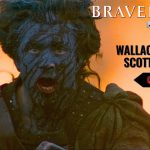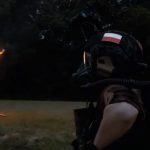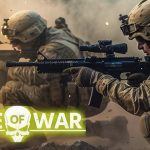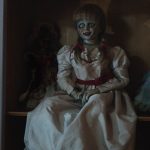🎬 Baraka (1992): A Visual Meditation on the Wonders and Contradictions of Humanity
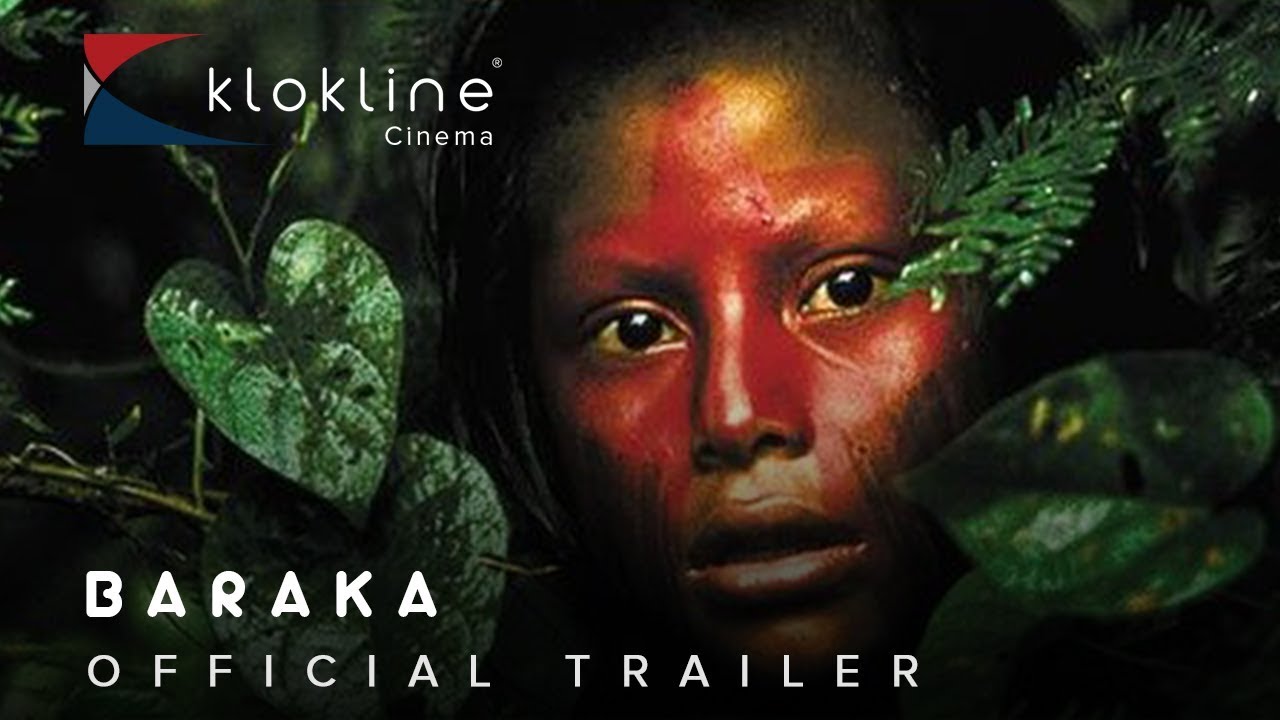
Baraka (1992), directed by Ron Fricke, is a visually stunning, wordless documentary that transcends conventional narrative to explore the beauty, spirituality, and complexity of the human experience. With its sweeping cinematography, powerful score, and profound themes, Baraka is a film that invites viewers to reflect on the world around them. Shot in 24 countries across six continents, the film takes the audience on a breathtaking journey through cultures, landscapes, and sacred rituals, presenting life in all its majesty and contradiction. But what makes Baraka more than just a beautiful series of images is its deep philosophical reflection on the interconnectedness of humanity, nature, and the divine.
Plot Overview:
Baraka is not a traditional film with a plot, dialogue, or characters. Instead, it is a visual symphony, a non-verbal meditation that uses powerful imagery to evoke emotions, thoughts, and questions about the human condition. The title Baraka, an ancient Sufi word meaning “blessing” or “breath of life,” reflects the film’s intent: to capture the spiritual essence of life on Earth.
The film opens with serene images of nature—majestic mountains, flowing rivers, and volcanic eruptions—establishing the grandeur of the planet. These scenes transition to glimpses of indigenous peoples engaged in sacred rituals, connecting humanity to the natural world. As the film progresses, Baraka shifts to more chaotic, industrialized environments, showing bustling cities, factories, and the consequences of war and poverty. The contrast between the serene and the chaotic, the spiritual and the material, becomes a central theme.
Without dialogue, Baraka allows viewers to form their own interpretations of the images. The film juxtaposes scenes of tranquility—monks in meditation, temples bathed in golden light—with scenes of human suffering, environmental degradation, and the relentless pace of modern life. The visual transitions from natural wonders to urban sprawl suggest that while humanity is capable of great beauty, it also has the power to disrupt and destroy.
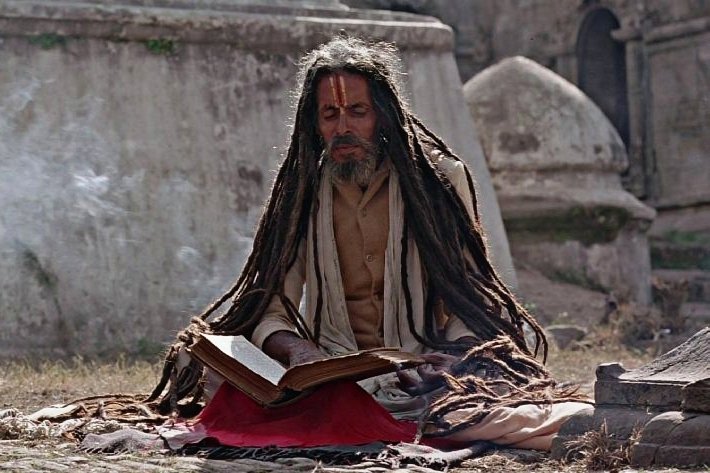
Cinematography and Visual Style:
The most striking aspect of Baraka is its cinematography. Shot entirely in 70mm, the film’s visuals are nothing short of spectacular. Director Ron Fricke, who also served as the cinematographer, brings a level of technical mastery to the film that elevates it beyond a traditional documentary. Every frame is composed with precision and care, and the use of time-lapse photography heightens the contrast between the stillness of nature and the frenetic energy of human activity.
The film captures a wide range of locations, from the ancient temples of Angkor Wat in Cambodia to the haunting concentration camps of Auschwitz. The camera lingers on each scene, allowing the audience to absorb the details of every image. One of the film’s most memorable sequences features a time-lapse shot of commuters in a Tokyo subway, moving at an almost dizzying pace, followed by a slow, meditative scene of monks chanting in a temple. This juxtaposition of the sacred and the profane, the spiritual and the material, is a recurring visual motif.
In addition to the natural and urban landscapes, Baraka focuses heavily on the human face. Close-ups of people from all walks of life—children, the elderly, indigenous tribes, and factory workers—are interspersed throughout the film, reminding the audience of the shared humanity that unites us, despite our cultural and geographical differences.
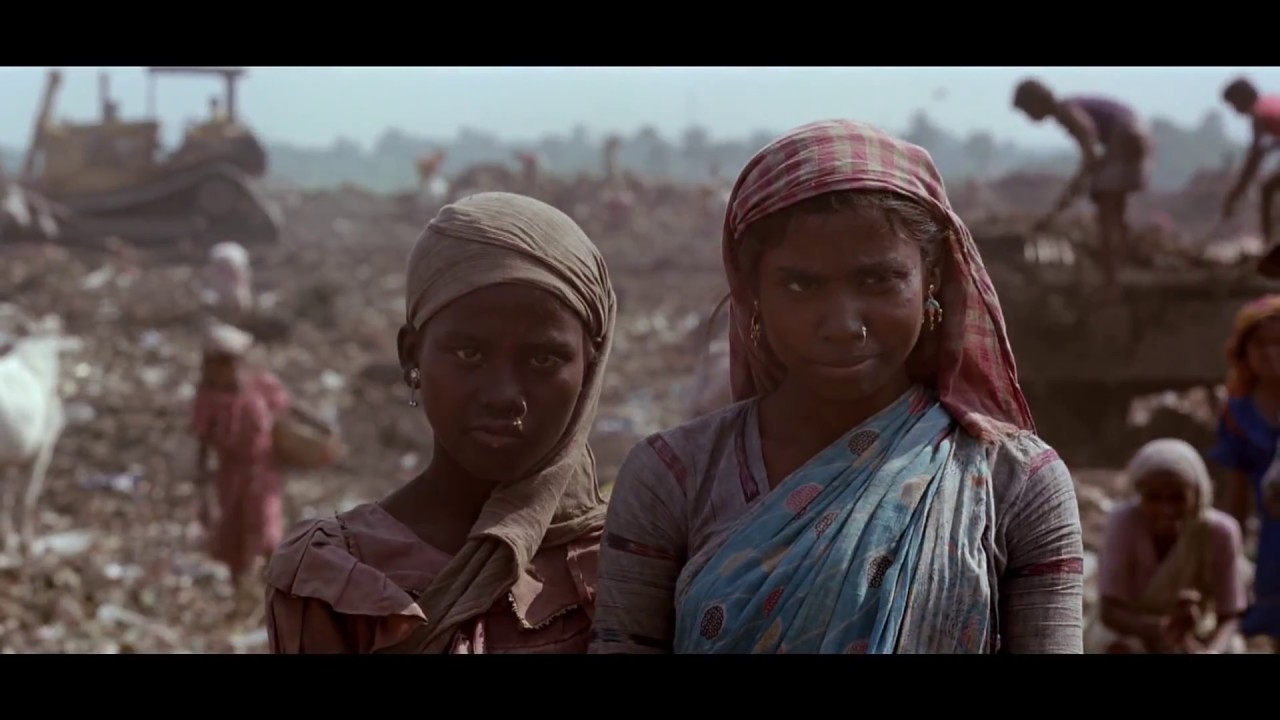
Themes and Symbolism:
One of the central themes of Baraka is the interconnectedness of all life. The film’s structure, moving seamlessly from one part of the world to another, emphasizes the idea that despite our differences in culture, religion, and lifestyle, we are all part of the same global tapestry. The film’s portrayal of sacred rituals—from whirling dervishes in Turkey to fire-walking ceremonies in Bali—suggests that spirituality is a universal human experience, one that transcends language and culture.
Another theme is the contrast between the natural world and the modern, industrialized world. The film presents nature as a source of beauty and serenity, while urban environments are often depicted as overwhelming, chaotic, and alienating. The scenes of environmental destruction—deforestation, pollution, and the scars of war—serve as a reminder of the damage that modern civilization has wrought on the planet.
Despite these darker elements, Baraka is not a pessimistic film. It presents a balanced view of humanity, acknowledging both our capacity for destruction and our potential for beauty and transcendence. The film’s final scenes, which return to images of nature and spiritual rituals, suggest a sense of hope and renewal, as if to remind viewers that even in the face of chaos, there is still the possibility of connection, peace, and enlightenment.

Music and Sound:
The film’s soundtrack, composed by Michael Stearns, is integral to its emotional impact. Stearns combines traditional world music with ambient electronic sounds to create a score that enhances the film’s visual themes. The music ranges from ethereal and meditative to intense and haunting, perfectly complementing the shifting tones of the imagery.
The use of chanting, drumming, and traditional instruments from various cultures adds to the film’s sense of universality. The score is as much a part of the storytelling as the images themselves, guiding the viewer’s emotional journey through the highs and lows of the human experience.
Criticism:
While Baraka is widely praised for its visual beauty and philosophical depth, some critics may argue that the film’s lack of a traditional narrative or dialogue can make it feel inaccessible or abstract to certain viewers. The film’s reliance on symbolism and imagery means that it requires active engagement from the audience, and some may find its meditative pace slow or repetitive.
Additionally, the film’s broad scope—attempting to capture the entirety of the human experience—may leave some viewers wanting more in-depth exploration of specific cultures or issues. By focusing on visual impact over narrative detail, the film sacrifices some level of specificity, which may feel superficial to viewers seeking more context or analysis.
Final Thoughts:
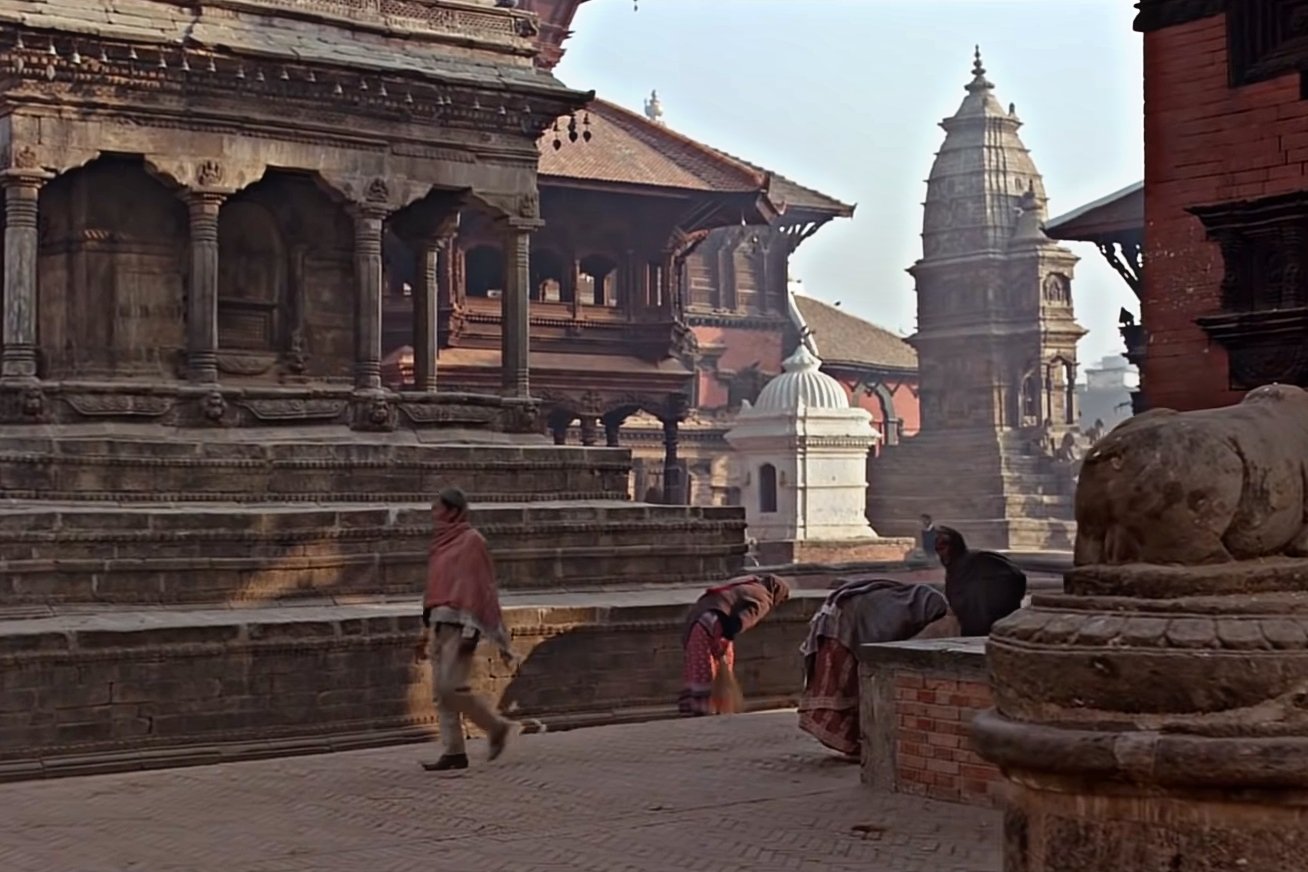
Baraka is a breathtaking and thought-provoking meditation on life, spirituality, and the human condition. With its stunning cinematography, powerful score, and profound themes, the film invites viewers to step back and reflect on their place in the world. It is a film that rewards patience and contemplation, offering a cinematic experience that transcends language and narrative to explore the deeper connections that unite all living things.
For those who appreciate visually driven storytelling, documentaries that push the boundaries of the genre, or films that explore philosophical and spiritual themes, Baraka is a must-watch. Its message of interconnectedness and its celebration of both the beauty and fragility of life make it a timeless and deeply moving experience.
Movie Information:
- Title: Baraka
- Director: Ron Fricke
- Cinematography: Ron Fricke
- Music: Michael Stearns
- Genre: Documentary, Experimental, Spiritual
- Release Date: September 15, 1992
- Running Time: 96 minutes
- Rating: Not Rated
- Plot Summary: A wordless documentary that takes viewers on a visual journey across the world, capturing the beauty of nature, the power of spirituality, and the contradictions of human existence. Shot in 24 countries, Baraka explores themes of interconnectedness, spirituality, and the impact of modern civilization.
SUGGESTED VIDEO FOR YOU:
[Movie Review] Survival War In The 333-Story Vertical Prison || The Platform 2
[Movie Review] The Legend of a Hero Specializing in Hunting the Most Terrible Monsters in Greece
